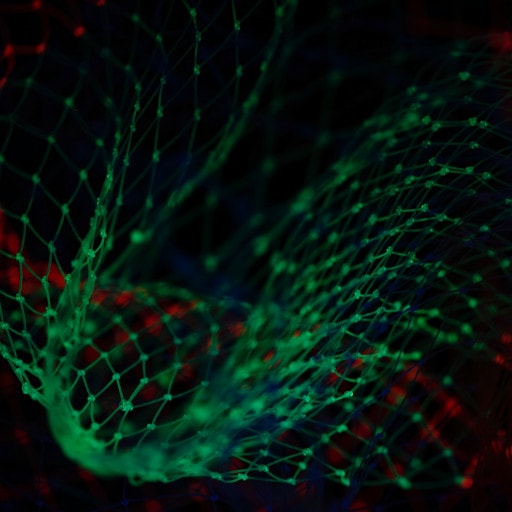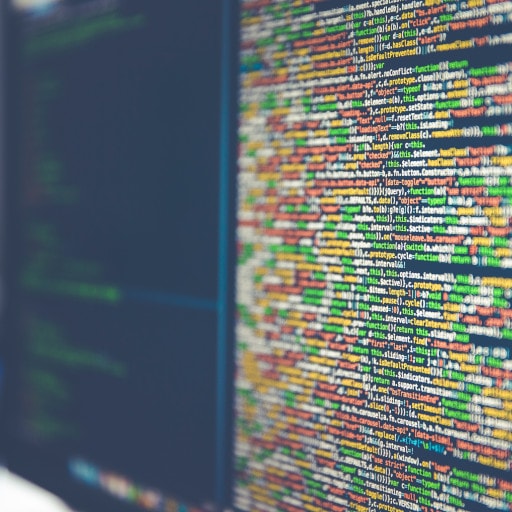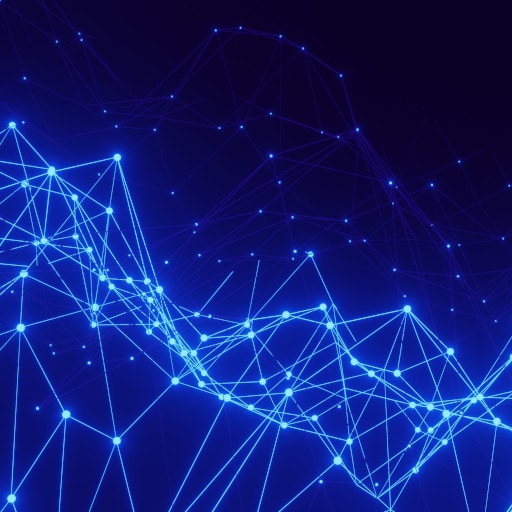In an era where technological advancements continually reshape our world, the synergy between artificial intelligence (AI) and digital image processing has emerged as a pivotal force driving innovation across numerous domains.
Whether it’s the immersive experience of facial biometrics powering online shopping, the enhanced safety and navigation capabilities of autonomous vehicles, or the fundamental transformations in our daily lives, AI and image processing stand at the forefront of these revolutionary changes. This powerful combination is revolutionizing the way we live, work, and play.
It empowers businesses to seamlessly integrate and efficiently manage automated processes dedicated to the analysis, refinement, and enhancement of images. This dynamic convergence of AI and image processing is aptly termed as image processing AI (IPAI).
What is Image Processing AI?

Image Processing represents a specialized branch within the realm of AI applications. This field harnesses the power of deep learning and computer vision models to significantly enhance and manipulate images.
Within this domain, the technology’s capabilities extend to the detection and identification of objects within images, the enhancement of color and contrast, and the removal of unwanted regions. Furthermore, it serves as a robust tool for processing and storing images within vast databases while also contributing to the organization and structuring of this visual data.
Through these versatile applications, AI stands poised to unveil patterns within images and craft specific tasks uniquely tailored to each visual dataset. This intersection of AI and image processing opens doors to a wealth of possibilities.
How does it work?
Image Processing AI operates through the utilization of advanced deep learning algorithms, prominently including convolutional neural networks (CNNs) and recurrent neural networks (RNNs). These sophisticated algorithms are instrumental in the identification and classification of objects contained within a given image.

In the pursuit of excellence, these AI models embark on a journey of learning, amassing vast volumes of data and diligently training their algorithms. This training process encompasses both supervised and unsupervised learning methodologies.
Consequently, the result of this extensive training equips the IPAI with the remarkable ability to accurately and consistently detect objects, establish associations, and unveil intricate patterns within images, all achieved seamlessly through automated processes.
This convergence of cutting-edge technology and image processing ushers in a new era of efficiency and precision.
What are the benefits?
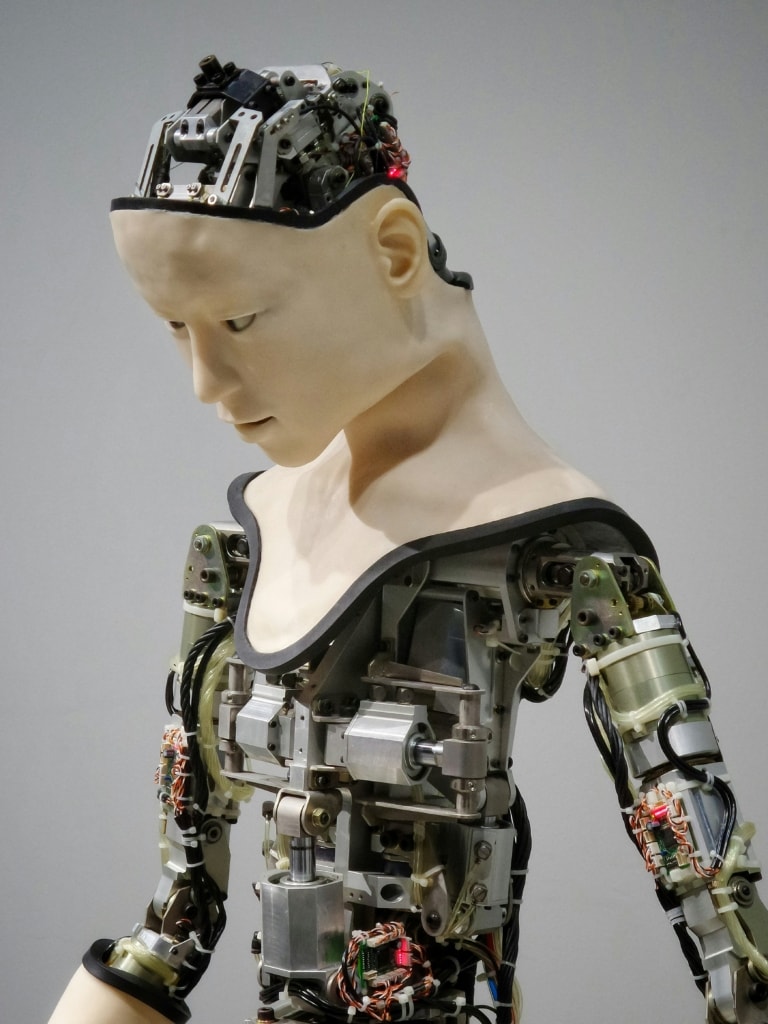
Image Processing AI offers a diverse array of advantages. One of its primary uses is optimizing data processing, which not only enhances efficiency but also significantly streamlines manual image-related tasks.
Furthermore, IP-AI excels in the realm of anomaly detection within images, ensuring the identification of irregularities and deviations from the norm.
This multifaceted technology extends its capabilities to the detection of objects and their intricate relationships within images. Remarkably, it can even predict and generate realistic images based on written text, as well as produce detailed images from limited input data.
Beyond these applications, it contributes to the realm of data governance, enabling businesses to embrace predictive maintenance, anticipate potential breakdowns, and enhance vehicle navigation systems.
In essence, Image Processing AI serves as a cornerstone for innovation and operational excellence across various sectors.
Challenges and Limitations
While Image Processing AI offers numerous advantages, it also comes with its fair share of challenges and limitations that need to be considered.
The collection and processing of images, especially in applications like facial recognition, raise privacy concerns.
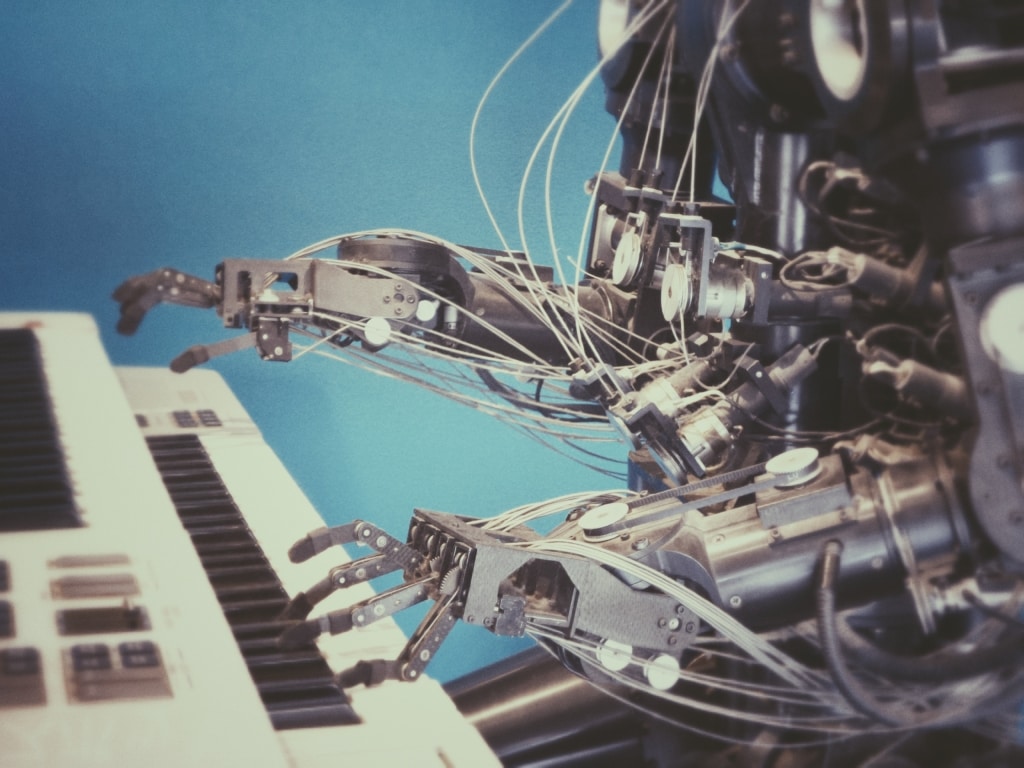
Safeguarding sensitive data and ensuring it is not misused or accessed without consent is a paramount challenge.
Using of AI in image processing also brings forth ethical dilemmas. Questions regarding the ethical use of AI, potential biases, discrimination, and its implications in decision-making processes must be addressed.
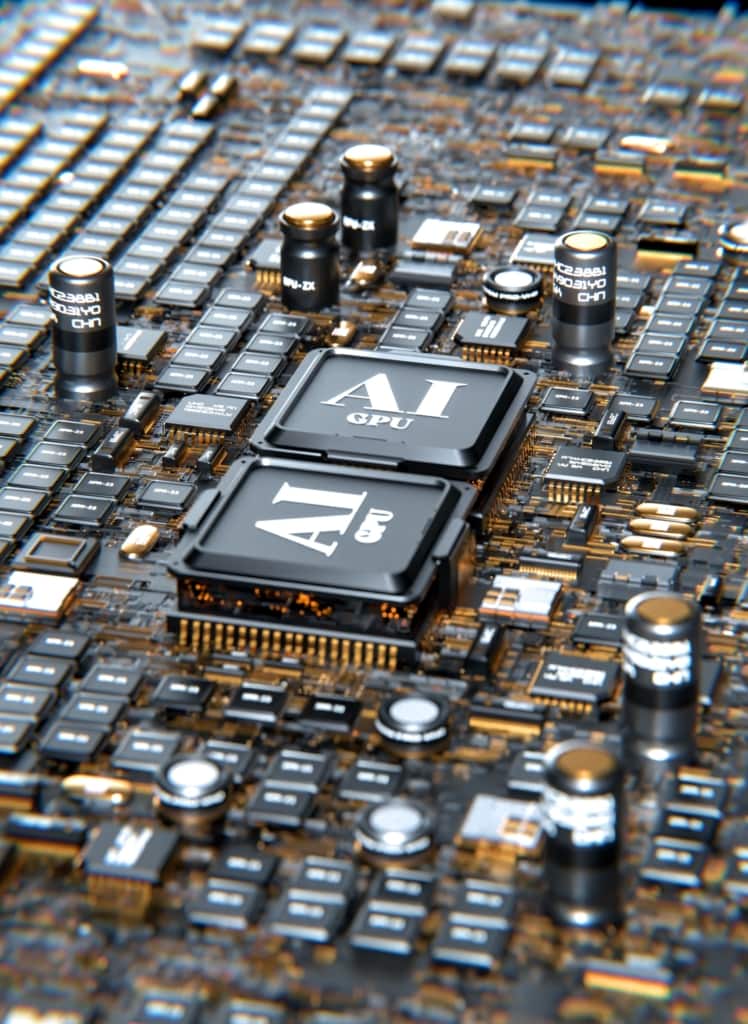
While AI models have made impressive strides in recognizing objects and patterns within images, understanding the nuanced interpretation of context and semantics, as humans do, remains an ongoing research challenge.
The effective implementation of AI in image processing often demands substantial computational resources. This can be a limitation for smaller businesses or organizations with limited access to high-performance computing infrastructure.
AI models are only as unbiased as the data they are trained on. Addressing algorithmic bias is an ongoing challenge to ensure that AI systems do not perpetuate stereotypes or discriminatory practices.

Integrating IPAI into existing systems can be complex. Compatibility issues and the need for substantial modifications to incorporate AI into workflow can pose a barrier for some organizations.
As image processing AI relies on machine learning, it needs consistent updates and training to stay relevant and accurate. This necessitates a dedicated commitment to maintenance and improvement.
The legal and regulatory landscape surrounding AI image processing is still evolving. Navigating these regulations and ensuring compliance can be challenging, especially given the cross-border nature of data processing.
Implementing and maintaining AI image processing systems can be costly. Smaller businesses may find it challenging to invest in such technology, hindering widespread adoption.
Successful AI image processing often requires collaboration between professionals from various fields, including computer science, data analysis, and domain-specific experts. Coordinating these interdisciplinary teams can be a logistical challenge.
It is a powerful and transformative technology that combines the power of Artificial Intelligence and image analysis techniques. This technology provides businesses with the ability to optimize their tasks and better analyze, refine, and improve images. With the help of deep learning algorithms, the IP-AI can identify patterns and create specific tasks for each image, providing enhanced insights and greater accuracy.
FAQs
What is Image Processing AI?
Image Processing AI (IPAI) is a branch of Artificial Intelligence (AI) applications, which use deep learning and computer vision models to enhance and modify images. This technology is commonly used to detect and identify objects in images, improve colors and contrast, and remove unwanted regions.
How does Image Processing AI work?
Image Processing AI (IPAI) works through the use of deep learning algorithms such as convolutional neural networks (CNNs) and recurrent neural networks (RNNs). This technology collects large amounts of data and trains its algorithms through supervised and unsupervised learning in order to accurately and reliably detect objects, associations, and patterns in images.
What Are the Benefits of Image Processing AI?
Image Processing AI (IPAI) provides businesses with a wide range of benefits, such as data processing optimization, improved manual image tasks, anomaly detection in images, prediction of realistic images from written text, and object detection for vehicle navigation.


